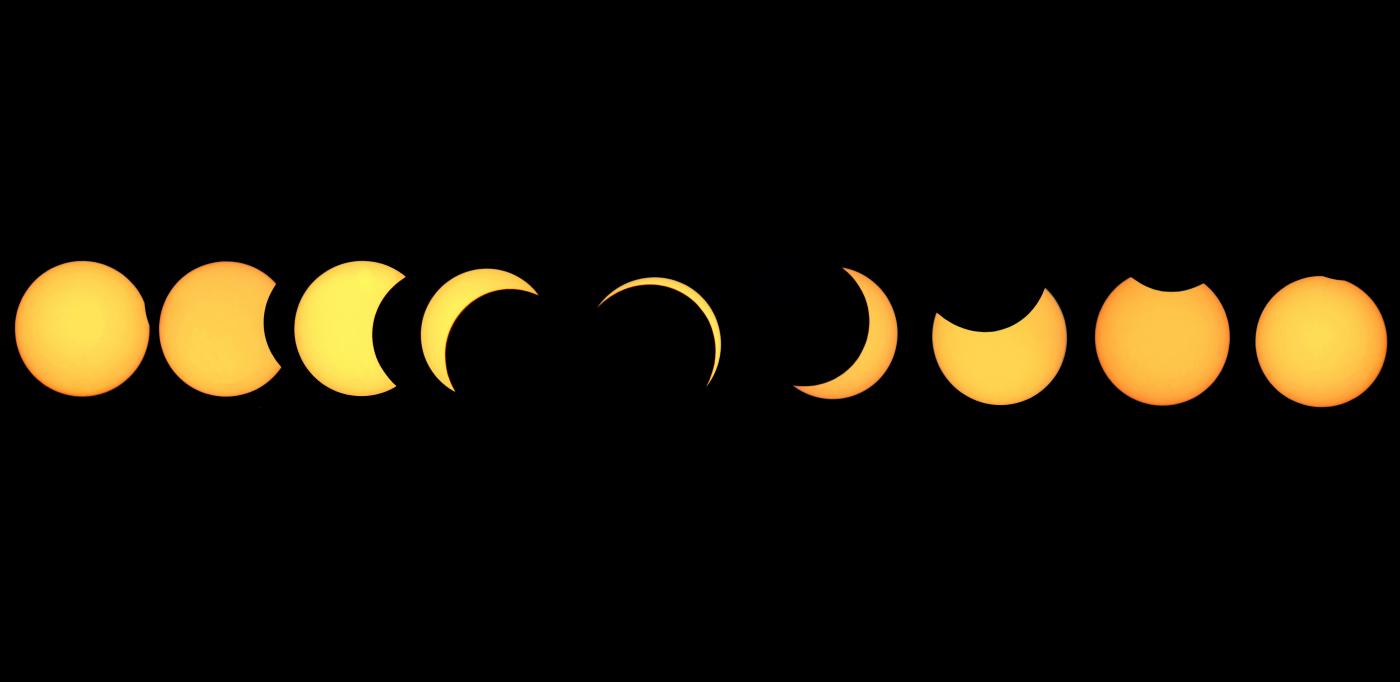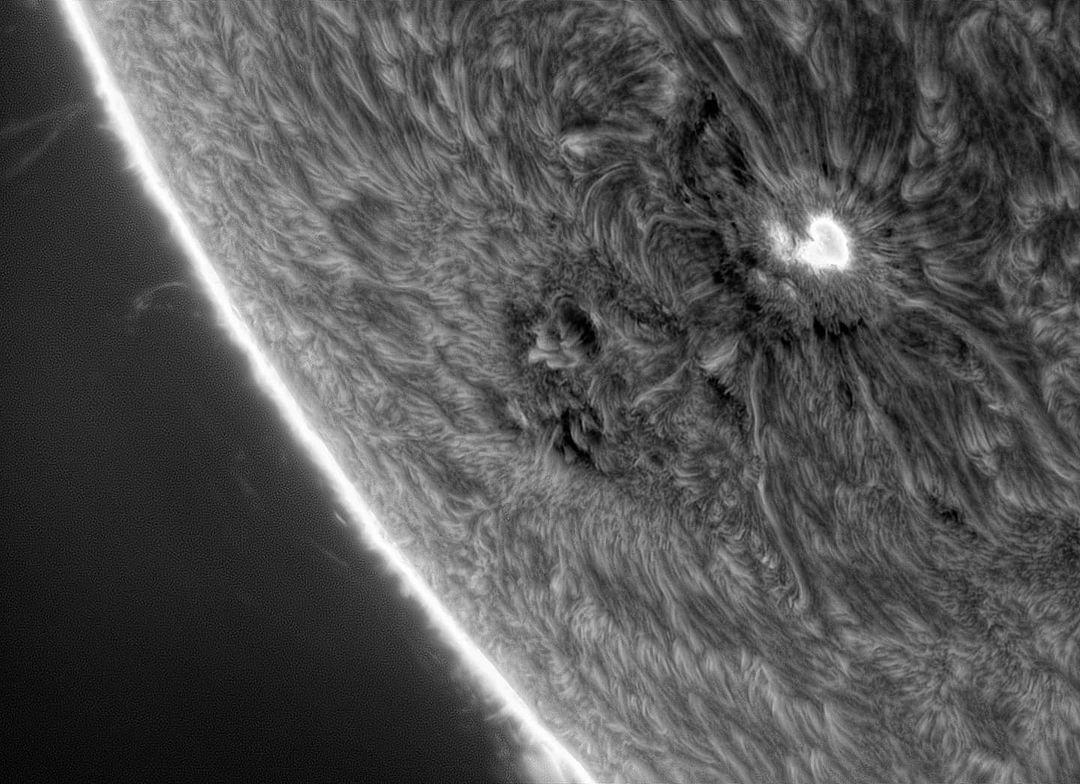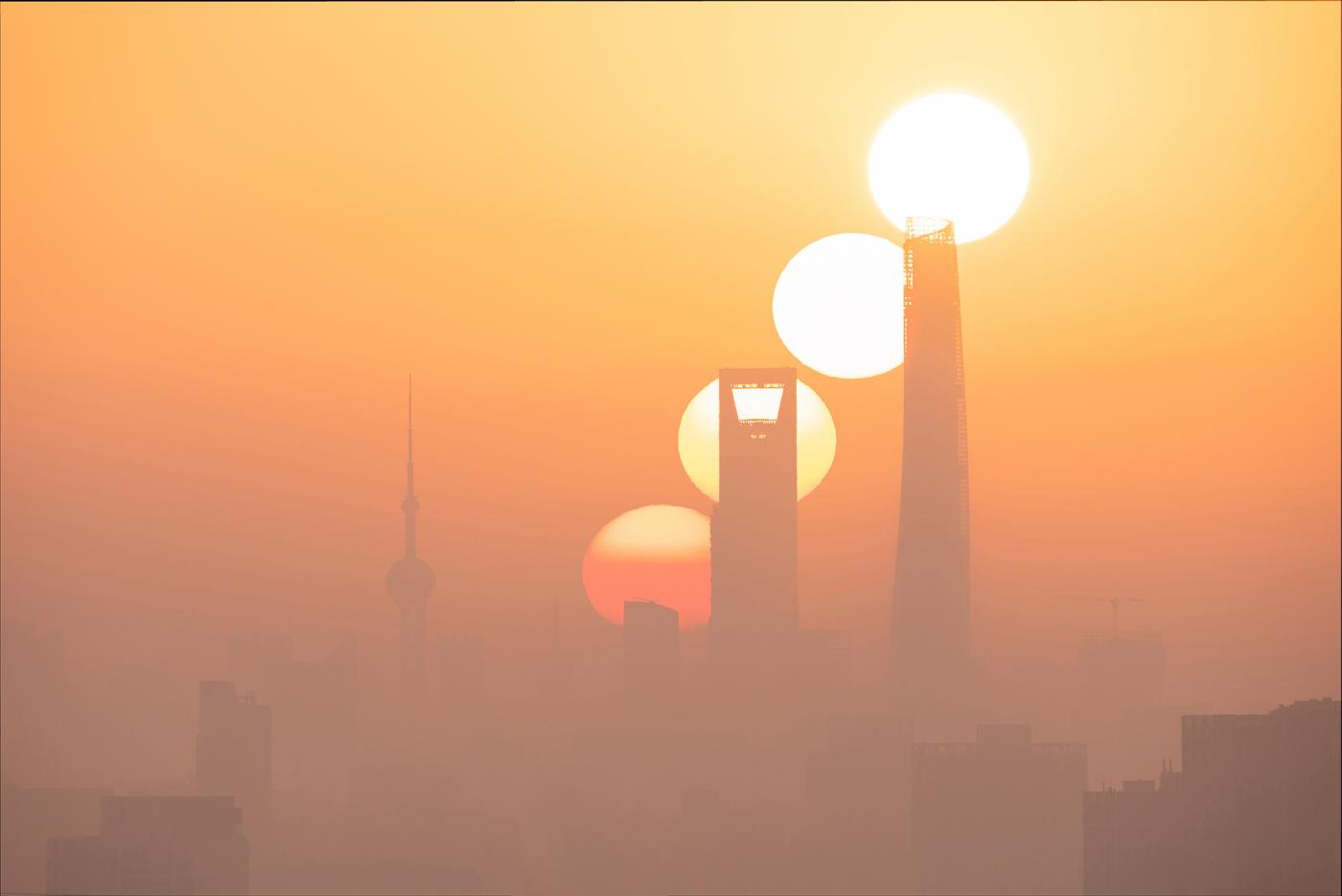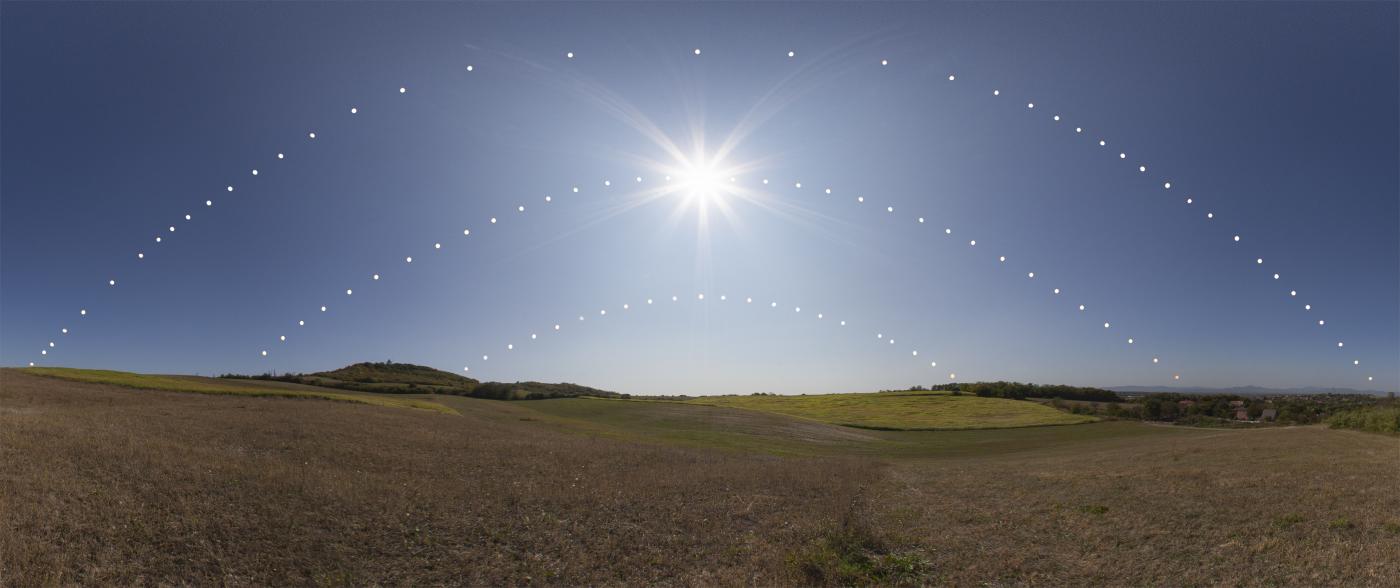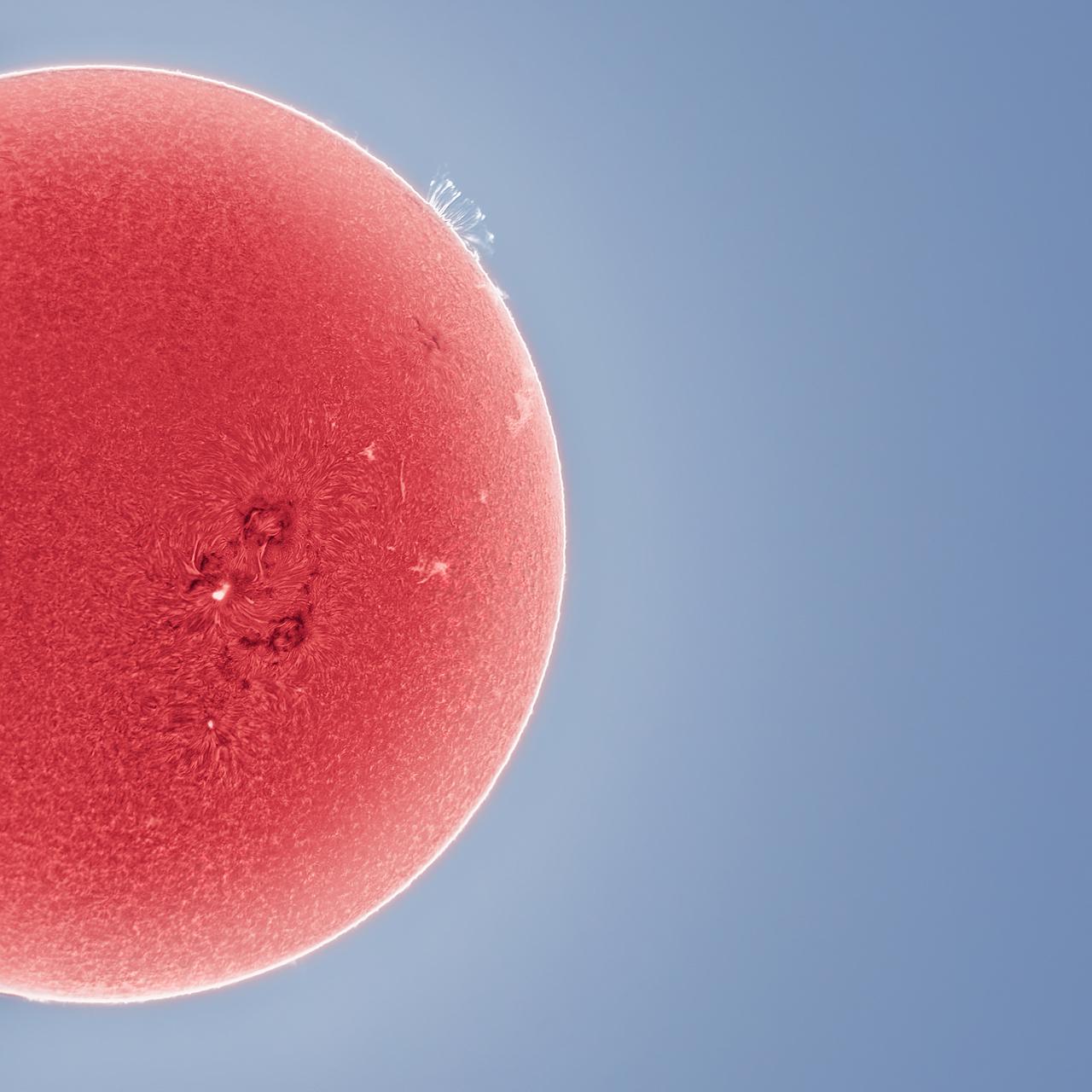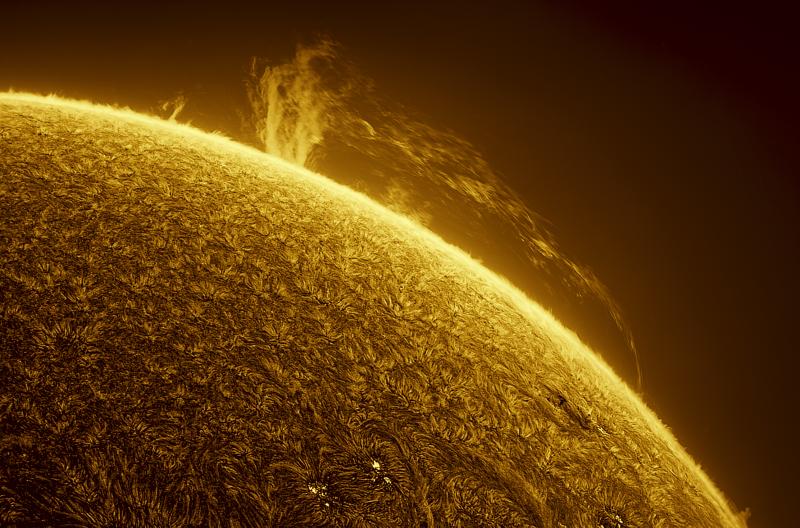The Sun offers many fascinating opportunities for photographers, particularly in relation to its changing position in the sky over time. Whether capturing sunrise or the passage of the Sun across the sky during the solstices and equinoxes, this year’s shortlisted images showcase the motions of our star.
Several of the photographers took inspiration from solar eclipses. In 2020, there were two solar eclipses, including an annular eclipse in June and a total eclipse in December. The resulting images capture the beauty and simplicity of the phenomena.
Find out more about the winning and shortlisted photographs below.
The winning image and overall competition winner
The Golden Ring by Shuchang Dong
Image taken in Ali, Tibet
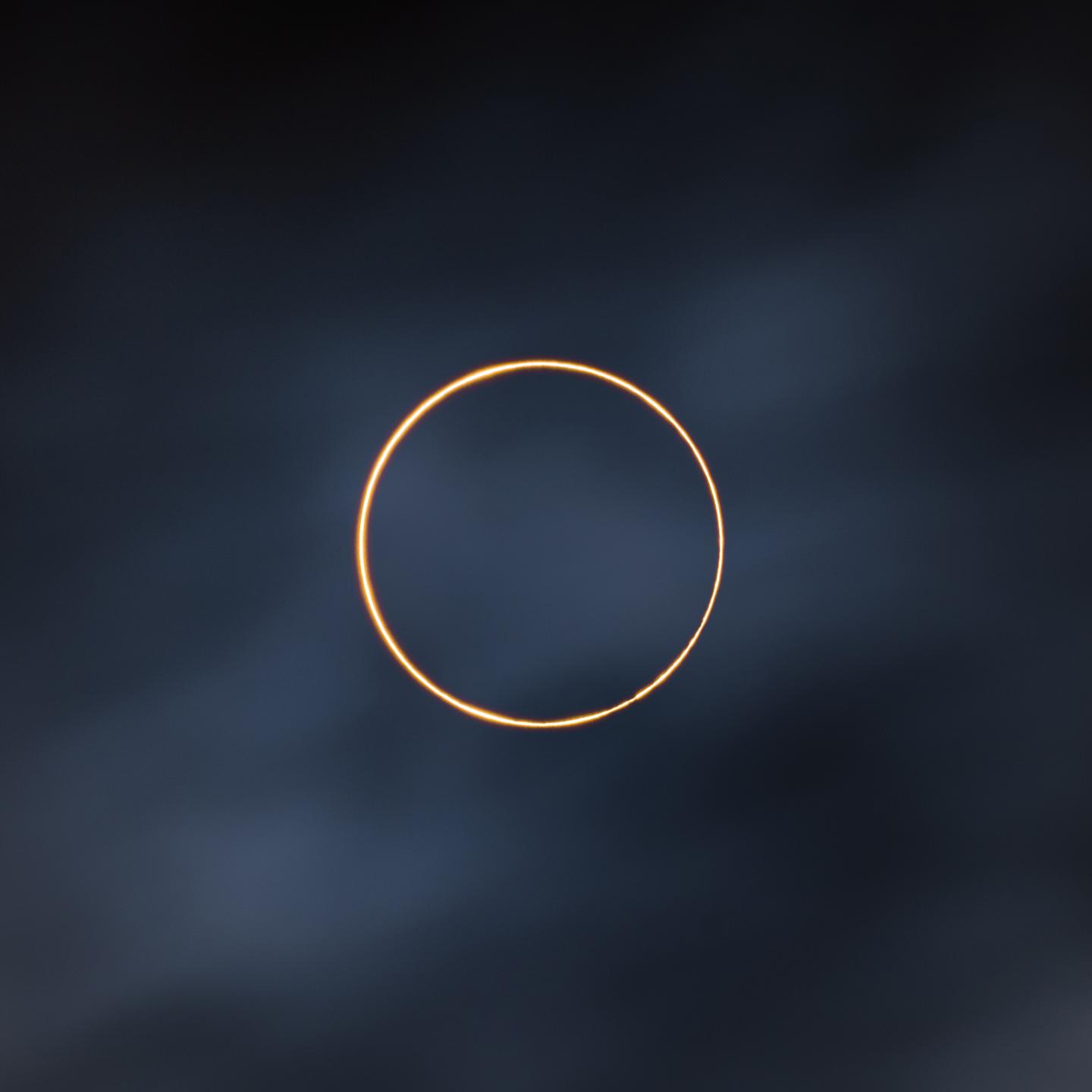
"There was a perfect annular eclipse in China on 21 June 2020, and as an astrophotographer, I would never miss it, " Shuchang says. "This time I went to Ali in Tibet to shoot it."
"This place has year-round sunny weather, but in front of the annular eclipse, I saw dark clouds all over the sky. We were waiting with anxious minds but we were lucky. Within a minute of the annular eclipse, the sunshine penetrated through the clouds and afterwards the Sun was sucked into the thick clouds."
Equipment used: Fujifilm XT-4 camera; Sun: 386 mm f/10 lens, ISO 160, 1/2000-second exposure; Moving cloud: ND1000 filter, 386 mm f/16 lens, ISO 160, 1-second exposure
Solar eclipses have been capturing the interest of humans for thousands of years across the world. This image demonstrates both the beauty and simplicity of an eclipse, but also the science behind this astronomical event. Our sun can still be seen as a ring circling the Moon as it passes in front of the Sun, and mountains on the lunar surface can be seen hiding some of this light on the lower righthand portion of the image. This is a stunning achievement!
Emily Drabek-Maunder, competition judge
Runner-Up
The Sun sharing its Crown with a Comet by Vincent Bouchama
Image taken in El Cuy Department, Río Negro, Argentina

"This composition shows the full range of events a total solar eclipse can offer: Earthshine, prominences, Baily's Beads, the chromosphere and corona," Vincent says.
"The presence of a special guest can be noticed on the right edge of the frame – the comet C/2020 X3 (SOHO), which had been discovered only the day before."
Equipment used: William Optics ZenithStar 61II APO telescope, Williams Optics Flat 61 lens at f/5.9, Vixen GPD SkySensor 2000PC mount, Canon EOS 760D camera; Sky, sun and comet: ISO 200–800, 1/800–0.6-second exposures; Moon: ISO 200–800, 0.6-second exposures; Prominences and Baily's beads: ISO 200, 1/4000-second exposures
Totality in all its spectacular detail, from the filaments of the solar corona to the crimson prominences and dark detail of the lunar surface. The special guest comet is some beautiful serendipity which seems to provide a tick of approval.
Jon Culshaw, competition judge
Highly Commended
Curtain of Hydrogen © Alan Friedman
Image taken in Buffalo, New York, USA

"This beautiful large prominence graced the limb of the Sun over several days and was recorded in good seeing conditions," Alan says.
"Good seeing conditions here refer to the steadiness of the Earth's atmosphere rather than to cloudless skies. Only when the atmospheric turbulence is low can fine details and structures be seen with clarity."
Equipment used: Astro-Physics 92 mm f/4.8 Stowaway refractor telescope working at 1.7 m focal length with Baader FFC, 90 mm Coronado Solarmax Ha filter, Astro-Physics 1200 mount, Grasshopper 2MP monochrome streaming camera, 1/1000-second exposure
The rich deep orange used on the solar disc here really compliments the stark white prominence. A perfect combination of colours made even greater with the pin-sharp processing of all the detail on show
Steve Marsh, competition judge
See the full shortlist
Explore all the photographs in Our Sun category
